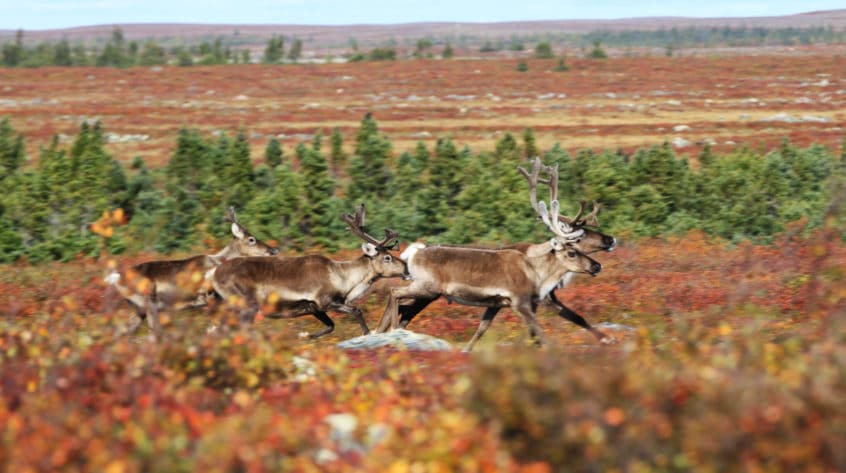WHAT IS AN INDIGENOUS PROTECTED AREA (IPA)?
An Indigenous Protected Area conserves ecosystems and biodiversity while supporting sustainable and culturally appropriate uses.
Indigenous governments have the primary decision-making role in managing lands and waters in an Indigenous Protected Area. The federal government has pledged to support the development of “many” Indigenous Protected Areas as it strives to help Canada advance reconciliation, fight climate change and meet its commitments to protect 30 percent of our lands and fresh waters by 2030.
Conservation standards, management objectives, and governance structures of Indigenous Protected Areas (IPAs) can vary significantly. However, the common goal of conserving ecological and cultural values underlies all Indigenous Protected Areas. Federal and provincial governments can play supporting roles in managing an IPA, including providing funding and capacity building for Indigenous Guardians.
The Indigenous Circle of Experts states that IPAs represent:
- A modern application of traditional values, Indigenous laws, and Indigenous knowledge systems
- An exercise in cultural continuity on the land and waters
- A foundation for local Indigenous economies
- Opportunities to reconnect to the land and heal both the land and Indigenous Peoples
- An acknowledgment of international law, such as Canada’s Treaties, the United Nations Declaration on the Rights of Indigenous Peoples and other relevant instruments and commitments
- An opportunity for true reconciliation to take place between Indigenous and settler societies, and between broader Canadian society and the land and waters, including relationships in pre-existing parks and protected areas
- An innovative expression of Section 35 (Constitution Act 1982)
WHAT ARE THE BENEFITS OF AN INDIGENOUS PROTECTED AREA?
The design and management of Indigenous Protected Areas will vary based on the priorities and objectives of Indigenous governments.
The Indigenous Circle of Experts states that Indigenous Protected Areas provide the opportunity to:
- Promote respect for Indigenous knowledge systems
- Respect protocols and ceremony
- Support the revitalization of Indigenous languages
- Seed conservation economies
- Conserve cultural keystone species and protect food security
- Adopt integrated, holistic approaches to governance and planning
FURTHER READING:
The Indigenous Circle of Experts’ Report and Recommendations (March 2018): ‘We Rise Together Achieving Pathway to Canada Target 1 through the creation of Indigenous Protected and Conserved Areas in the spirit and practice of reconciliation’.

